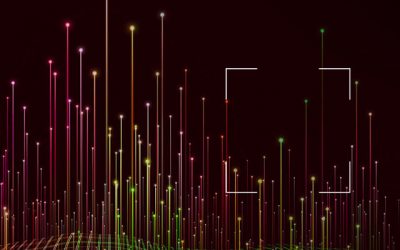You’ve barricaded the front door against Covid-19, but do you know what’s happening out back?
While the global pandemic may have advanced the business case for digital transformation by leaps and bounds, some concerning survey results have emerged over the last couple of months that suggest monitoring strategy is, as ever, an afterthought.
At least some of the change we’ve seen since March will be permanent, with more than four-fifths of companies saying that they will allow employees to continue working remotely, according to Gartner research. While almost half of those surveyed said they will let employees work remotely full-time, flexi-time will be adopted by many others.
The goals are clear: to build more a resilient operational model, and to meet shifting employee expectations. However, alongside the emergence of this complex, hybrid workforce, 29% of business leaders admitted they were not taking any measures to track productivity remotely.
At the same time, more Gartner findings suggest that CIOs are shifting spend to cloud-based desktop offerings without necessarily factoring in the implications for monitoring end-user experience. We’re also seeing massive growth in the adoption of SD-WAN, but Viavi’s ‘State of the network’ report indicates that better visibility of end-user experiences will be needed to make this work, particularly when it comes to remote users.
There will also, inevitably, be those looking to take advantage of gaps in your visibility in what Viavi have labelled the ‘age of dynamic disruption’. As enterprises have increased connectivity, networks have become even more exposed to vulnerabilities. 73% of business leaders who responded to their survey said security professionals need full visibility into network infrastructure if they are to enhance cyber security efforts and speed remediation.
And while 54% had already deployed internet of things (IoT) devices and a further 24% said they plan to do so in the next 12 months, only 57% of them had a mechanism in place to monitor those devices. After making rapid technological changes, many organisations are leaving themselves at worst dangerously exposed, or at least in the dark.
There’s always the threat of another crisis just around the corner. It could be a second wave of coronavirus, or it could be a climate change related phenomenon. Business continuity planning is intended to safeguard against threats like these. Many business leaders will now be asking themselves how their business continuity strategy can be reconfigured to ensure they don’t get caught out (again).
You can start by checking how your business continuity strategy is performing in real-time. We’ve developed dashboards which are able to connect data from multiple sources on the outcomes that matter to your enterprise, whether they’re related to IT service performance or availability, employee or supply chain productivity, or financial input and output.
By giving your team and yourself that visibility, you avoid the risk of assuming all is well when it’s not. You avoid the risk of your competitors stealing a march while you scramble to find out why your numbers are down. You avoid becoming a victim of your own eagerness to adapt.
Book a live demo here if you would like to see the dashboards in action and find out how they could work for your business.
If you would like to discuss a specific issue with your critical data monitoring, call us on 01782 752 369.

Phil Simms
Account Executive
Aligning your technical and business requirements with the right network, application and security management solution.

